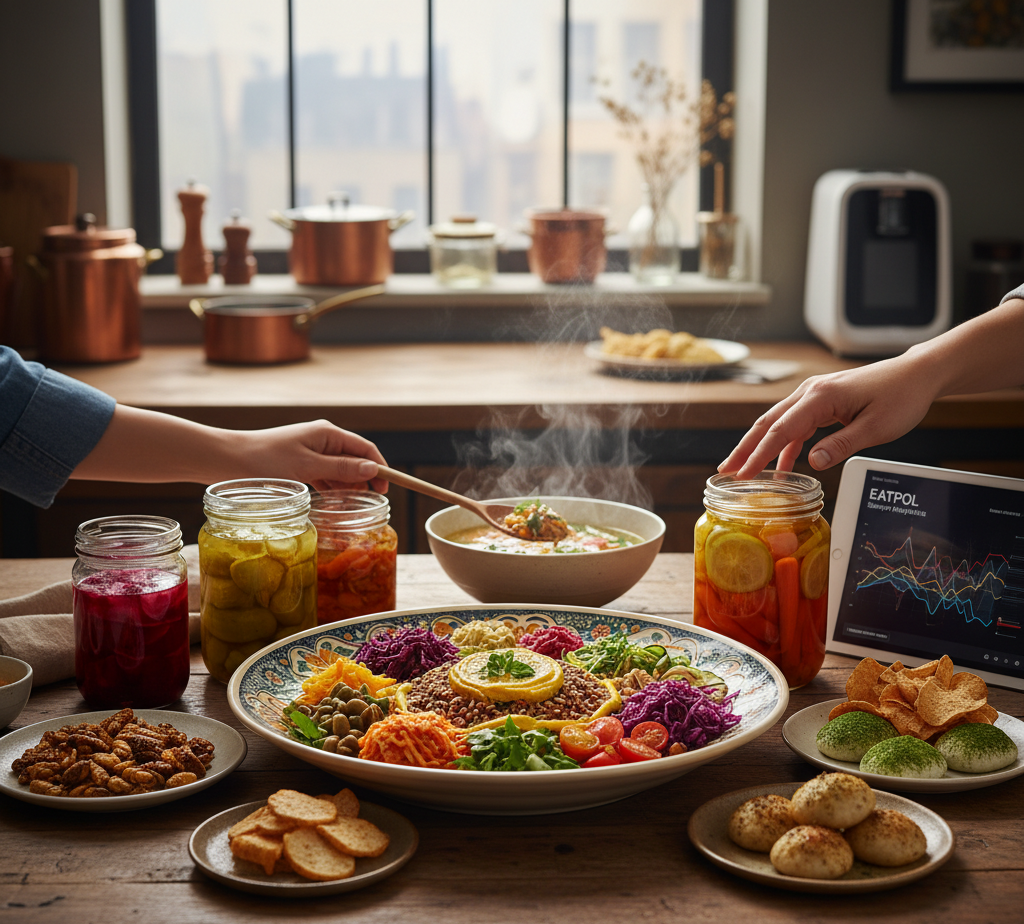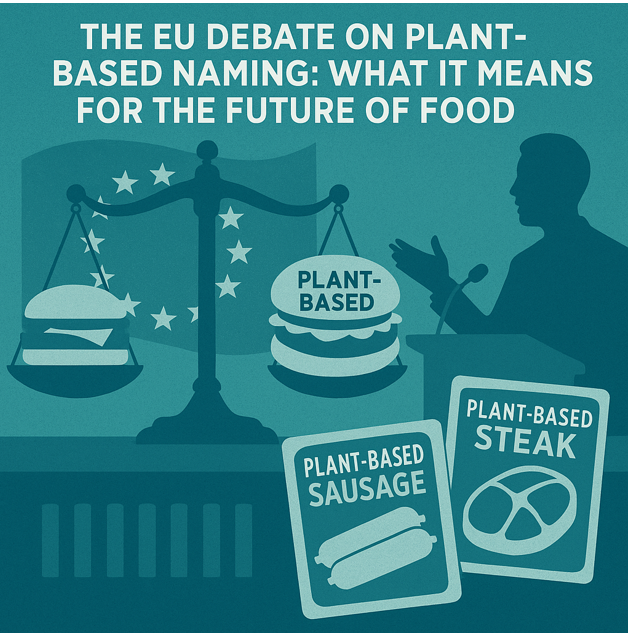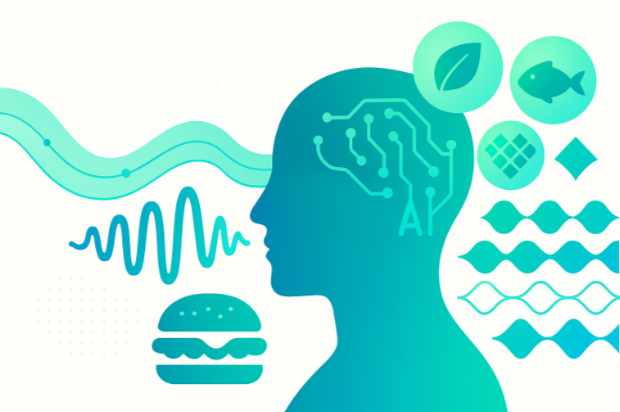Mintel's 2026 Global Food & Drink Predictions: The Future is Human-Centred
Mintel's 2026 predictions reveal a food industry defined by resilience, inclusivity, and sensory intelligence. Discover how Eatpol is making this human-centred transition measurable and actionable.
Mintel's 2026 Global Food & Drink Predictions paint a picture of a food industry defined by resilience, inclusivity, and sensory intelligence. After years of navigating uncertainty and disruption, consumers are moving beyond survival mode — they're seeking foods that help them feel balanced, connected, and supported in their everyday lives.
1. From "Maxxing Out" to "Mixing In"
The era of "maxxing" — where consumers chased high-protein or high-fibre diets — is evolving into one focused on diversity and inclusion in food.
Instead of fixating on a single nutrient, people are embracing varied, functionally diverse diets that combine ingredients from different cultures and traditions. Mintel even predicts a rise in "DEI-ting" — applying the values of diversity, equity, and inclusion to what we eat.
At Eatpol, we view this as a defining shift in how consumers interact with food. Variety isn't just about flavour — it's about meaning. Through our Models, we help brands test how consumers experience different textures and ingredient combinations. In a world of diverse diets, understanding how each combination feels and satisfies is key to success.
2. Retro Rejuvenation: The Past Meets the Future
Mintel highlights a growing nostalgia for trusted traditions and heritage foods. Consumers are rediscovering fermentation, pickling, and preservation — not just as hobbies, but as innovative, sustainable practices.
This movement toward "resourceful innovation" reframes ancient techniques as modern solutions: preserving freshness, minimising waste, and improving gut health.
From an Eatpol perspective, this trend shows how innovation doesn't always mean new — sometimes it means relearning what worked. Our role is to help companies understand how consumers emotionally connect with traditional foods, textures, and rituals. By capturing real human feedback, we translate nostalgia into data-driven insights that guide meaningful product design.
3. Intentionally Sensory: Designing for Feelings, Not Just Flavours
The next frontier in food innovation will be multisensory experiences. Mintel predicts that sensory elements, such as texture, sound, and aroma, will move beyond novelty to become functional design tools that enhance emotional well-being.
From stress-relieving snacks to texture-rich comfort foods, the future will be about how food makes us feel, not just how it tastes.
At Eatpol, we've long believed that understanding the human sensory response is essential to creating food that connects. Using AI and behavioural data, our tools simulate how consumers perceive taste, texture, and mouthfeel — helping companies craft experiences that truly satisfy.
As Mintel points out, this approach is particularly vital for underserved groups — from older adults to neurodiverse consumers and GLP-1 medication users. True innovation is inclusive innovation.
Our Take at Eatpol
The future of food isn't just about ingredients or claims — it's also about insight and experience.
What Mintel describes as the next evolution of food and drink is what we're already building toward:
• Understanding how consumers feel about food, not just what they say about it.
• Bridging data and emotion to create sensory-rich, inclusive products.
• Helping companies innovate with people at the centre.
In short, the food industry is entering an era of human-centred intelligence — and Eatpol is here to make that transition measurable, actionable, and meaningful.
Reference:
1. Mintel (2025). Global Food & Drink Predictions 2026 https://www.mintel.com/insights/food-and-drink/global-food-and-drink-trends/
Ready to bring human-centred innovation to your products? Take our free assessment and discover how Eatpol can help you understand what consumers truly experience.


